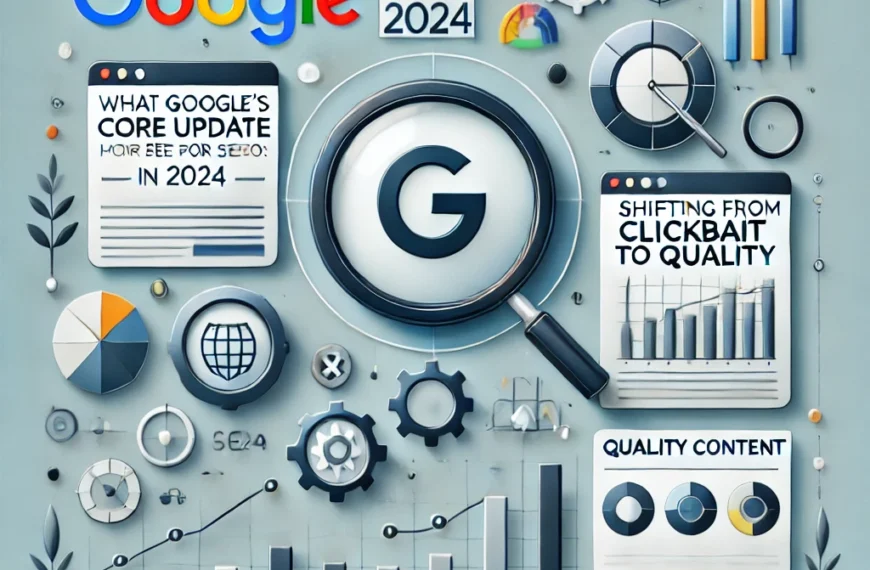If you think getting a U.S. visa is a quick and simple process, think again. With new visa interview rules rolling out in April 2025, applicants need to be more strategic than ever. Delays are expected, and applying at the wrong time could mean missing important travel plans. So, when should you apply to avoid getting caught in a backlog? What months see the longest wait times? And what can you do if your application gets delayed? Let’s break it all down so you can plan and avoid unnecessary stress.
Table of Contents
What’s Changing in U.S. Visa Interview Requirements in 2025?
Several new rules taking effect in April 2025 could make the visa process longer and more complicated:
- Stricter Document Submission Rules – Applicants must now submit all required documents digitally at least 72 hours before their interview through the Consular Electronic Application Center (CEAC).
Tighter Interview Waiver Eligibility – The time frame for renewing a visa without an interview has been reduced from 48 months to 12 months, meaning fewer people qualify for waivers, increasing the number of in-person interviews. - DS-160 Form Barcode Matching Requirement – The barcode on the DS-160 form must match the one used to book the interview. If they don’t match, the applicant will not be allowed to enter the consulate and will need to reschedule.
With these stricter rules, delays are expected, making it crucial to apply at the right time.
Why Are Visa Processing Delays Expected in 2025?
Visa backlogs have been a problem for years, and these new rules will likely make them worse. Here’s why:
- High Demand Post-Pandemic – More travelers, students, and workers are applying for visas, leading to longer wait times.
- Stricter Security Measures – Increased background checks and additional verification steps will slow processing times.
- More In-Person Interviews – With interview waivers being reduced, more applicants will need face-to-face interviews, creating bottlenecks at consulates.
Also Read: In-Demand Careers Abroad: Countries Facing Skill Shortages and Their Work Visa Options in 2025
With these factors at play, applying too late could mean missing travel deadlines.
Best Time to Apply for a U.S. Visa to Avoid Delays
Applying at the right time can make a big difference in how quickly your visa is processed.
Apply at Least 3-6 Months in Advance
- Tourist visas (B1/B2): Apply at least 4-6 months before travel, especially for peak seasons.
- Student visas (F1, M1, J1): Start as soon as you get your admission letter, as slots fill up fast.
- Work visas (H1B, L1, O1): Apply at least 6 months before your expected start date.
Avoid Peak Season Rush
- April – August: Highest demand for student and work visas.
- November – December: The Holiday season increases the demand for tourist visas.
- January – March & September – October: Best months to apply due to lower demand.
Check Embassy-Specific Wait Times
Processing times vary by location. Before applying, check the estimated wait time on the U.S. embassy or consulate website.
Tips to Speed Up Your U.S. Visa Application Process
To avoid unnecessary delays, follow these steps:
- Submit All Documents on Time – Missing the 72-hour submission deadline could result in delays.
- Double-check your DS-160 Form – A barcode mismatch could cause you to lose your appointment.
- Use Expedited Appointment Options – Some applicants qualify for emergency appointments if they have urgent travel needs.
- Apply from a Less Crowded Embassy – Some consulates in smaller cities or neighboring countries have shorter wait times.
- Avoid Common Mistakes – Errors in your application can lead to processing delays or rejections.
What to Do If Your Visa Appointment Is Delayed?
If your visa appointment gets pushed back:
- Look for Cancellations – Some embassies allow applicants to reschedule if earlier slots open up.
- Try a Different Consulate – Some consulates have shorter wait times than others.
- Check for Expedited Processing – Certain visa categories may offer premium processing.
Final Thoughts: How to Stay Ahead of Visa Processing Issues in 2025
With new rules making the visa process more complex, planning ahead is key. If you don’t apply at the right time, you could face long delays or even miss your travel date.
To avoid problems:
✔ Apply at least 3-6 months before travel.
✔ Avoid peak application seasons.
✔ Double-check your documents before submission.
✔ Use expedited options if necessary.
By following these steps, you can avoid unnecessary delays and ensure your visa is processed smoothly. If the U.S. is in your 2025 plans, start early and stay ahead of the changes.















